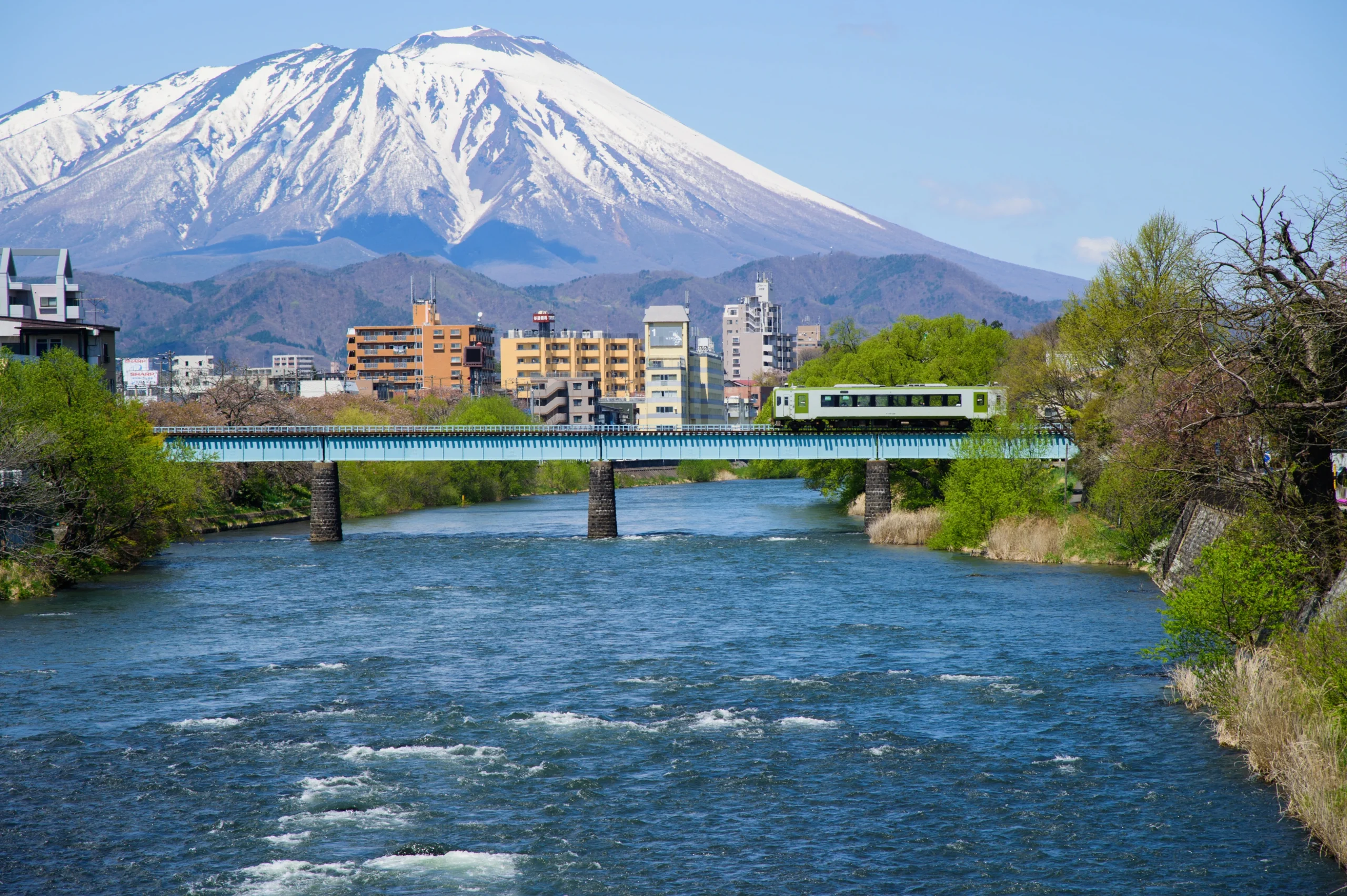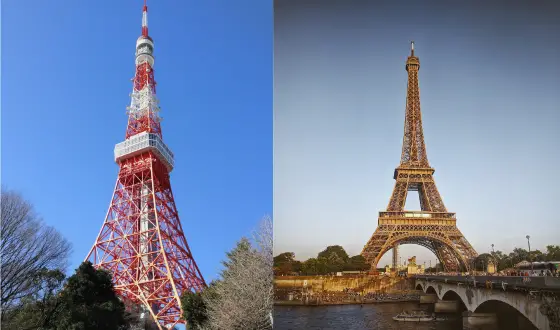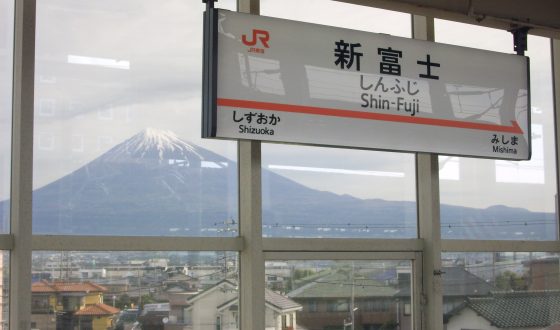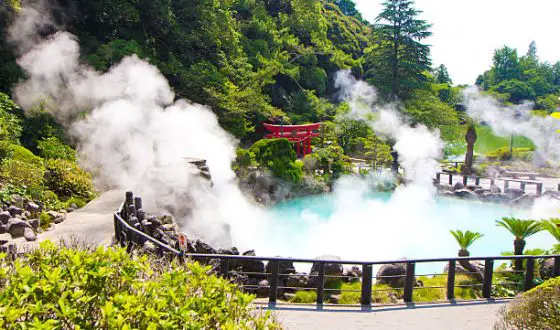What to do in Morioka? – Japan Travel
Introduction
It’s no surprise that Morioka – a city famous for its different types of noodles – has been featured in this year’s list of 52 places to visit. Morioka is surrounded by mountains on three sides and is endowed with many beautiful rivers by nature. What to do in Morioka? Let’s try to learn about this fascinating city.
Where is Morioka?
Morioka City is the capital of Iwate Prefecture. Rare Western-style buildings from the Meiji period, such as the Morioka Takuboku Kenji Seishunkan, the Bank of Iwate Red Brick Building, and the Old Yakage Honjin Ishii Family Residence have been built and preserved to this day. So it has the nostalgic atmosphere of a town where history and culture are fascinating.
A beautiful city just north of Tokyo, hidden at the foot of Mount Iwate, Morioka is not a prominent place in Japan for tourists. However, once you can spend a day or two trying to explore this city, you won’t regret it. This place will bring you great experiences and you will probably never forget.
You will enjoy a variety of local cuisine. There are many gourmet specialties such as wanko soba and Morioka cold noodles. You can also enjoy Tohoku’s unique natural beauty at Lake Iwato, a kiln fishing mecca, and the Iwayama Observatory.
You’ll be immersed in great local festivals, and there’s more to it than that. All those wonderful things are waiting for you in this humble city.
Based on its geographical advantages, Morioka is gradually becoming a popular destination for Tokyoites and tourists in one day. Not only that, public transport in Japan is very developed so getting from Tokyo to Morioka will not be a big problem.
What is Morioka Japan known for?
1. Nostalgic architecture
Morioka is the largest city in the northern Tohoku region. If you walk along the fresh Nakatsu River, you will be able to catch a variety of views of the waters, such as sweet fish in summer, salmon swimming upstream in autumn, and flocks of swans in the summer. winter.
In the vicinity of the river, there are buildings with architecture representing each era, such as townhouses from the late Edo period, Western-style brick buildings built in the Meiji period, and banyan trees from the Taisho period. Classic townscape spread.
Besides, this is also the concentration of famous places such as Morioka Castle Site Park, Bank of Iwate Red Brick Building, Morioka Takuboku Kenji Seishunkan…
2. Famous handcrafted masterpieces
If you visit Morioka, you will come across wonderful handicrafts such as Nambu Tekki with their sturdy yet sophisticated look, light and airy home textiles, and beautiful glossy Joboji lacquerware. Kogensha craft shop. The name “Kogensha” was given by Kenji Miyazawa. There is also a Kenji museum on the shop premises.
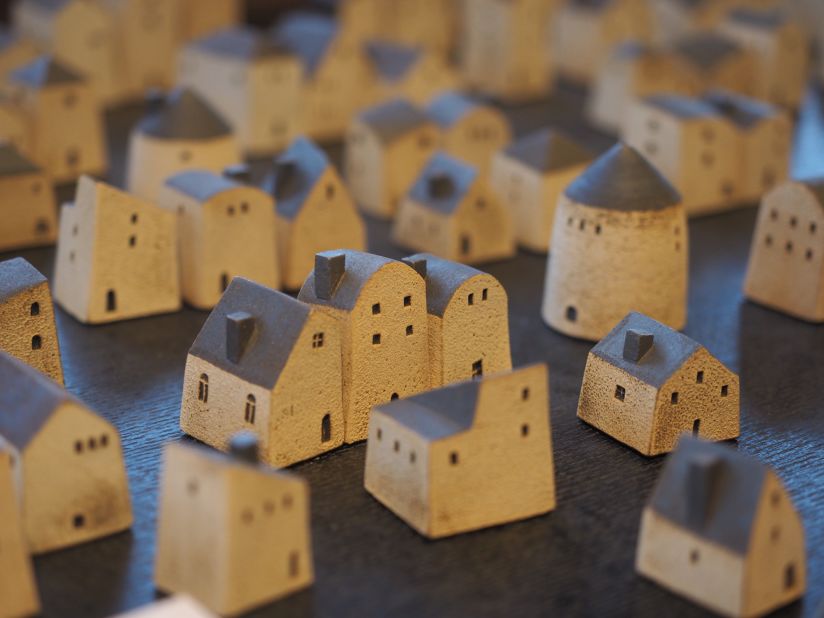
If you visit Morioka, you will come across wonderful handicrafts such as Nambu Tekki with their sturdy yet sophisticated look, light and airy home textiles, and beautiful glossy Joboji lacquerware. Kogensha craft shop. (Source: Internet)
Inside the store, you will find a wide range of handicrafts that combine ease of use and beautiful design. These are all products collected from Japan and around the world. Look for items that make your everyday life more interesting, such as Nambu Tekki decorations featuring cute birds and tableware that fit comfortably on you.
3. Morioka Cinema Street
Morioka is also a town where the town’s development is being done through the movies.
Popular entertainment has flourished since the Edo period. In 1915, a theater specializing in action photography was established. In the Showa era, when the main street of the downtown area was paved and reborn into a modern street with street lights lined with ginkgo trees, the Central Cinema opened its doors.
Since then, cinemas have opened on this street one after another and it will one day be called “Cinema Street”. Even now, there are 14 screens in 5 theaters on this street and it is familiar to the people as a symbol of the movie town.
In addition, in 1997, the film festival “Michinoku International Mystery Film Festival” in Morioka was born and has been held for 10 years. Since then, the film festival has continued in various forms, and the “Morioka Film Festival” is scheduled to be held in mid-February.
What to do in Morioka?
1. Famous places
Morioka City, Iwate Prefecture, is a town steeped in the history and culture of the past. For those who want to visit once but don’t know how to get there and don’t know what’s interesting there, check out the places we’ve outlined below.
Depending on the specific circumstances, there may be changes in the operating days and hours of the facilities. Therefore, you should check the latest information on the websites of the institutions and local authorities.
Morioka-jo Castle Site Park (Iwate Park)
Morioka Castle Site Park was built between 1596 and 1614 and completed in 1633. Using the Kitakami River, Shizukuishi River, and Nakatsu River as natural moats.
This castle is also known as Nanbu Morioka’s unvisited castle. Although it was destroyed during the Meiji Restoration, splendid stone walls made of stacked granite still exist.
It is one of the 100 famous castles in Japan and is also a beautiful place to see cherry blossoms in spring and leaves change color in autumn.
Vehicles:
- Train: From JR Morioka Station, take the Den Den Mushi (Morioka Loop Bus) and get off at Morioka Castle Ruins Park, then walk for about 1 minute.
- By car: it takes about 30 minutes from IC Morioka on the Tohoku Expressway.
Bank of Iwate Red Brick Building
Built-in 1911 as the headquarters of Morioka Bank. The Renaissance-style red bricks and borders convey the characteristics of the Western-style architecture of the time.
It was designed by designer Kingo Tatsuno, it is the only surviving structure in the Tohoku region. In August 2012, it was closed and in July 2016 it was re-opened, becoming a public facility.
Business Hours: 10:00-17:00 (Closed: Tuesday and December 29 to January 3)
Price: Adults: 300 yen (~$2), elementary and middle school students: 100 yen (~$1)
Vehicles:
- Train: From JR Morioka Station, take the Den Den Mushi (Morioka Loop Bus) and get off at Morioka Bus Center, then walk for about 1 minute.
- By car: it takes about 10 minutes from IC Morioka on the Tohoku Expressway.
Morioka Hachimangu Shrine
An ancient temple built in 1680 by the 29th Nanbu Shigenobu. Due to the influence of natural disasters and damage caused by wind and snow, it was rebuilt many times, and from 1997 until now, it became a shrine.
It is an ancient temple with 12 shrines as there are 12 shrines buildings on the premises, including the Enmusubibi Shrine and the Tsubaki Ogamiyashiro Shrine. They are revered as a deity associated with agriculture, industry, commerce, and academia.
Transport:
- Train: depart from JR Morioka Station, and get off at Iwate Prefecture Kotsu Hachimangu-mae bus stop.
- By car: it takes about 15 minutes from IC Morioka on the Tohoku Expressway.
2. Festival
Morioka’s Sansa Odori
The festival is one of the top five festivals in the Tohoku region. This is also the largest drum dance parade in the world. Held in Chuodoori City around August.
The main event is a large parade with the appearance of more than 3,000 drummers in colorful traditional costumes or anime cosplay clothes. They come from schools, companies, organizations, and percussion clubs in Morioka. The number of drummers appearing is considered a world record.
At one point during the festival, the guide walks next to a float that encourages people to step out onto the street and dance together. Furthermore, after the parade, a traditional giant circle dance party of the Sansa Odori festival will take place.
Although the Sansa Odori festival is only a few decades old, in the hearts of every person in Morioka City, it is inseparable from the city.
Morioka Autumn Festival
Every year in September, Morioka’s streets come alive to greet the approach of fall. The Morioka Aki Matsuri celebration at Morioka Hachimangu Shrine includes a procession of 10 Dashi (beautifully painted and colorful floats) and Mikoshi (portable shrines) drawn by around 200 people.
Cars parade through Morioka’s streets, accompanied by drums and Taiko flutes. As the floats passed, individuals in the audience, generally youngsters, held a fan in their right hand and chanted a hymn to the deity or to explain the floats’ ornamentation.
3. Famous cuisine
Morioka is also famous for its unique cuisine, especially noodles. If you come here, enjoying Morioka cuisine is indispensable.
“Morioka Three Great Noodles” refers to the unique noodle culture that originated in Morioka, the capital of Iwate Prefecture with 3 types of noodles namely “Morioka Wanko Soba”, “Morioka Reimen” and “Morioka Jajamen”.
It is a local specialty that can be called the soul food of the people of Morioka. Each has its own character, so it’s fun to try them all and find your favorite.
Morioka Cold Noodles
In the 1950s, Teruhito Aoki, who was born in the northern part of the Korean Peninsula, created Morioka Reimen with the aim of recalling the taste of his hometown.
The chewy noodles made from wheat flour and potato starch and the rich sour soup simmered from beef bones are the perfect combination. “Eat once is addicted” and now this dish is famous all over Japan. It is mainly served at barbecue restaurants, but there are quite a few locals who eat cold noodles rather than meat.
Recommended restaurant: Myohmyohya 「明明家」 (Main building B1)
Myohmyohya’s cold noodles are homemade medium-thick noodles. It is characterized by its firm and chewy texture. Beef bone broth is well simmered throughout the day, seasoned just right, with an emphasis on sweetness and well-matched with sourness. You can choose your favorite spiciness from 6 levels. Also popular are the mini cold noodle set and rice bowl, and the “Spicy Kimchi Noodles” which uses authentic kimchi.
Price: 1,560¥ ($11)
You can also like:
- Tokyo Water Bus Timetable: Researched by Experts
- What To Wear in Japan in November? A Comprehensive Guide
- How Much Money Should You Prepare for A 1-Week Trip to Japan?
Morioka Wanko Soba
Wanko soba is said to have been invented to entertain a large number of guests at a party. Soba noodles are divided into bite-sized pieces and enjoyed with a variety of seasonings.
If you think you can’t eat anymore, the basic rule is to close the lid before the waiter adds the soba. About 15 bowls are the equivalent of a regular bowl of mori soba, and some restaurants will give you a commemorative bill if you buy more than 100 bowls. You can try out Iwate’s unique hospitality while chatting with the wait staff.
Recommended restaurant: Yabuya (Main building B1)
Here, the staff will serve you wanko soba in the original style of “hospitable cuisine”. So you can enjoy wanko soba at your own pace. It uses the same soba as the regular menu, so it’s delicious. Can experience from one person.
Price: Wanko soba: all-you-can-eat 3,300¥ ($23), 10 bowls to try 1,650¥ ($11)
Morioka Jaja
Kankatsu Takashina started selling this dish at a food stall, alluding to the noodle dishes of northeastern China.
A lot of miso meat, cucumber, and scallions are put into thick flat noodles, which you mix well and eat. A popular way to enjoy is to add vinegar, chili oil, and garlic to your liking.
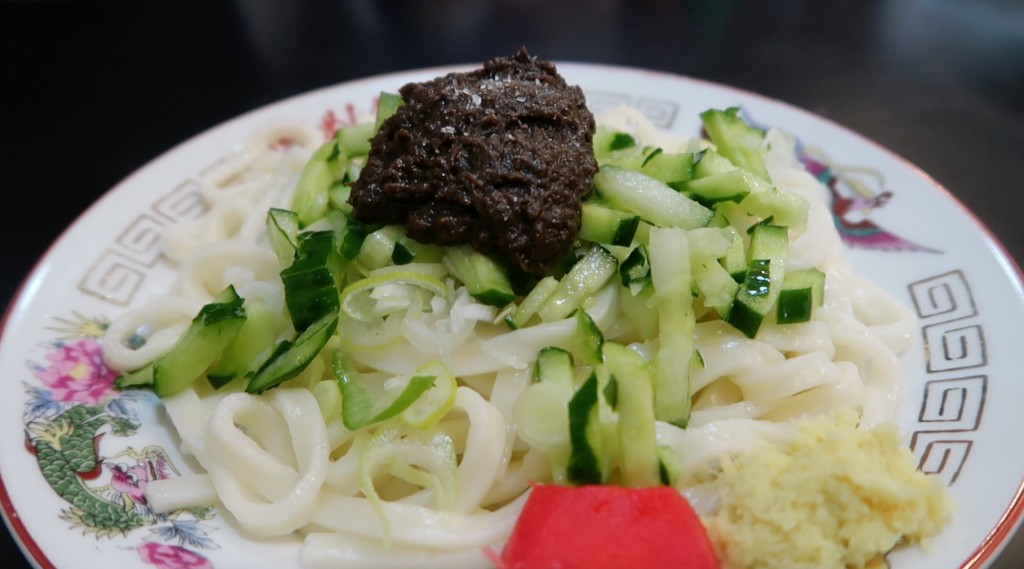
Kankatsu Takashina started selling this dish at a food stall, alluding to the noodle dishes of northeastern China. (Source: Internet)
Finally, leave some noodles and ingredients, crack the eggs, and order “Chitantan”. Don’t worry if you don’t know how. The store and the people around you will be happy to let you know.
Recommended restaurant: Pairon「白龍」 (Odensekan 1F)
If you want to eat Jajamen, definitely visit here. This is the shop of the originator Morioka Jajamen. The secret meat miso that only the founder’s family knows how to make is an incredibly original flavor. You can add seasonings like garlic, chili oil and vinegar to your liking to create your own flavor.
Price: Small: 510¥ ($3), medium 610¥ ($4), large 710¥ ($5)
Coppépan
This local bread is so loved by the locals that no one in Morioka doesn’t know about it. When you go to the store, they will wrap your favorite ingredients in a sponge cake.
It is said that Coppépan has about 60 different types of ingredients, from sweets to savory, and flavors limited to the store also appear from time to time.
You can also combine two ingredients, and common ingredients include nut butter and marmalade. There is also a quiet dining space and you will feel the hospitality of the place.
Beeren Beer
This is the number one ranked local beer in Japan. It is famous for its “Baeren Classic”, which won the Grand Prix among more than 200 breweries in Japan in the “Japanese craft beer you want to Share with the World” competition.
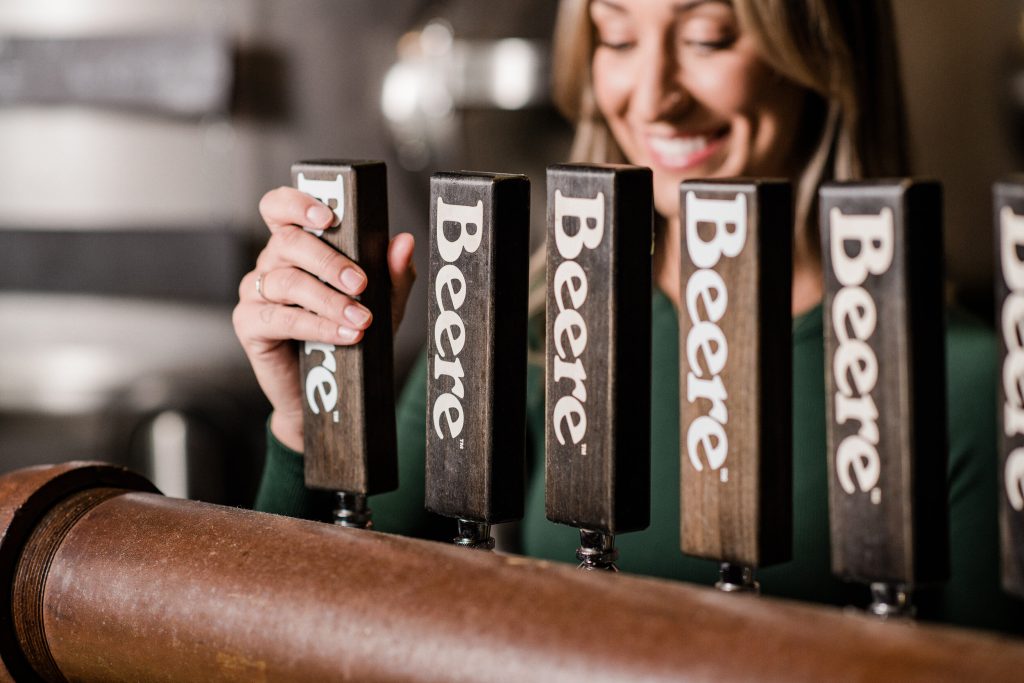
It is famous for its “Baeren Classic”, which won the Grand Prix among more than 200 breweries in Japan in the “Japanese craft beer you want to Share with the World” competition. (Source: Internet)
The brewery purchased more than 100 years old vintage brewing equipment from the south of Germany to produce traditional beer at the time.
There’s also a brewery tour and a direct sale where you can sample freshly brewed local beer.
How to get from Tokyo to Morioka
The straight line distance from Tokyo to Morioka is approximately 465 km. There is “Iwate Hanamaki Airport” in Hanamaki City, Iwate Prefecture, not Morioka City.
Unfortunately, there are no “Iwate Hanamaki Airport from Haneda Airport” or “Narita Iwate Hanamaki Airport” services, so the main way to get to Morioka from Tokyo or Kanto is by non-aircraft.
By the way, there are regular flights from Sapporo, Nagoya, Osaka, and Fukuoka to Iwate Hanamaki Airport. There are multiple ways to get to Morioka from Tokyo, but here we will focus on highway buses and Shinkansen.
1. Transportation by highway bus/night bus
If you want to move from Tokyo to Morioka at the cheapest price, we recommend the highway bus or night bus. Highway buses are the most cost-effective option.
Among the express buses heading from Tokyo to Morioka, the fastest express bus will arrive in about 7 hours. Some express buses take longer breaks in the parking area than 8 hours.
Price: about 2500¥ (~$18)
Pros
- The cheapest way to travel
- Many vehicles have outlets for charging smartphones
- There are many types of seats that can be selected, such as 3-row independent seats
- There are merits for women such as women-only cars and women’s safety seats
Cons
- Travel time is long
- Cannot arrive on time due to road conditions
2. Traveling by Shinkansen (Hayabusa)
Tokyo Station and Morioka Station are located in central Tokyo and Morioka City, so you can make effective use of your time before and after boarding. The Tohoku Shinkansen has three trains: Hayabusa, Hayate, and Yamabiko. Hayabusa is the fastest way to get to Morioka, but it’s also the most expensive.
In addition, the Tohoku Shinkansen has a green car called “Gran Class,” which is even more advanced and luxurious than the green cars that the Tokaido Shinkansen does not have. The Gran Class, which is equivalent to first class on an airplane, is a vehicle that will make you forget about the fatigue of traveling.
Guests who have booked Gran Class can use the “View Gold Lounge” at Tokyo Station before departure.
Price: about 9,280¥ ~ 25,120¥ ($64~$174)
Pros
- anyway fast
- You can use your time effectively until the last minute before departure
Cons
- Fares are higher than highway buses
How to move around Morioka?
The Dendenmushi loop bus is the most practical means of transportation for visitors in Morioka. This bus serves the parks around the castle remains and other stations as it circles Morioka’s central business district in both directions. There are buses every 10 minutes. The cost of a journey is 120 yen (~1$) or 350 yen (~3$) for a day pass.
Morioka is a mostly level city that is simple to navigate on foot. The major commercial area and Castle Ruins Park are both around a 15-minute walk from the station. Exploring Morioka on rented bicycles is an additional option. There are a number of rental businesses in the city, and rates range from about 200 yen (~2$) for the first hour to a maximum of 1000 yen (~7$) for five hours or more. Additional hours cost another 100 yen (~1$).
FAQs
1. Is Morioka a place worth visiting for tourists?
Even if you’ve visited Japan before, it’s unlikely you’ve heard of Morioka because tourism here is still largely untapped. However, this is really a destination worth your attention. Because Morioka is a destination recently recognized by the New York Times in “Places to visit in 2023”.
2. What is the renowned Morioka of Japan-based?
There are many specialty products such as handicrafts backed by tradition and high technology, foods such as local sake and Nanbu rice crackers that are popular in daily life, and agricultural products that are excellent as raw materials.
It is a city rich in culture, where many of our predecessors who have left their names in the history of Japan and the world live, and many citizens make a living out of cultural activities such as theater, music, and art.
3. Morioka is the second place in the world to go?
On the 12th, “52 places to visit in 2023” were announced, and Morioka City was selected as second place after London in first place.
On the New York Times website, along with a video that appears to have been taken at Morioka Castle Site Park during the fall foliage season, Morioka City is described as “a beautiful place within a short bullet train ride from Tokyo, where you can enjoy walking without the crowds.”
4. What is Morioka famous for?
Wanko soba, Morioka cold noodles, and Morioka Jajamen, the “three great noodles,” are unique food cultures that have developed in Morioka. It is very popular as a specialty of Morioka, and the taste is indispensable for memories of Morioka. Yabukawa is one of the coldest areas in Honshu, and connoisseurs praise the soba noodles that take advantage of the cool summer climate.
5. When is the Morioka Sansa Festival?
“Morioka Sansa Odori” is a summer festival that is held every year from August 1st to 4th on the streets and in various places in Morioka City.
It boasts the largest number of taiko drumming performances in a single festival in Japan and has been recognized by the Guinness Book of World Records as the world’s number-one taiko performance.
6. What kind of festival is Sansa Odori?
Chuo-Dori, the main street in the center of Morioka City, is opened to the public as a parade venue, and dancers dance elegantly with the unique chants of “Sakkora Choi Wayasse” and drums are beaten. The dancers form a parade, dancing along Chuo-Dori from in front of Morioka City Hall. In the middle of the parade, a costume group and a flower cart appear to add excitement to the festival.
6. How many kilometers does Sansa dance?
From August 1st to August 4th, from 6:00 pm to 4:00 pm, a dance parade of about 1km will be held starting in front of the prefectural office.
7. What does “Sakkora Choi Wayasse” mean?
The slogan “Sakkora Choi Wayasse” is written in kanji and means “success call coming”, which means to bring good luck. By the way, one of the traditional Sansa dances, “Kikki Ekkakko”, is also written as “Prayers for good luck and prosperity” which means to pray for good fortune and call for prosperous vitality.
Conclusion
For a long time, Japan has continuously been on the list of destinations chosen by many tourists around the world during the past time. Morioka is a city with great potential for tourism and is growing constantly. If you don’t know what to do in Morioka, please check out our article.
If you are still wondering where to choose to relax and enjoy during the holidays, try once to set foot in Morioka to be able to feel the very unique aftertaste of this land!

